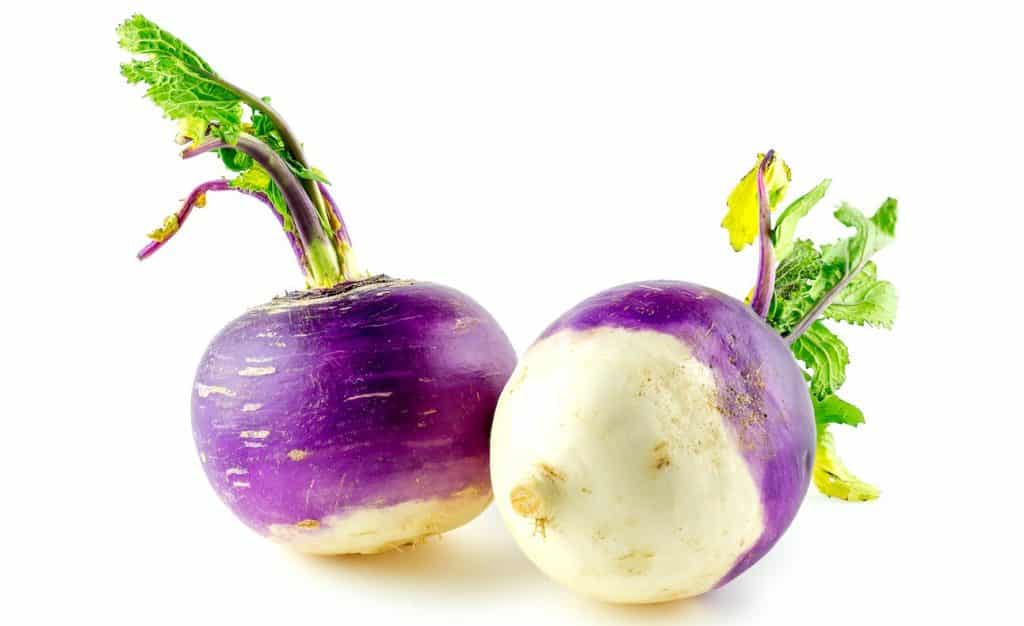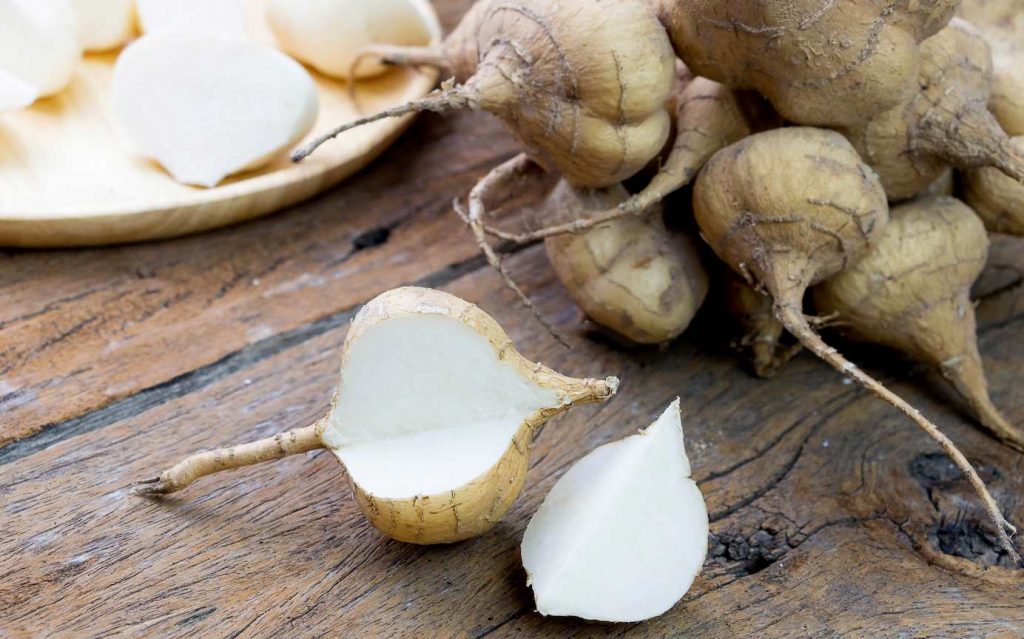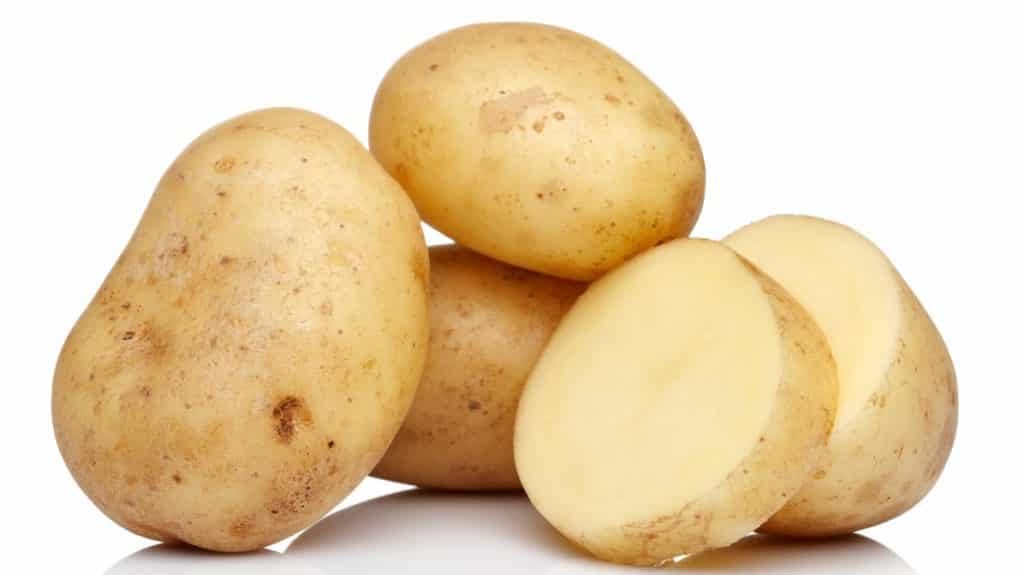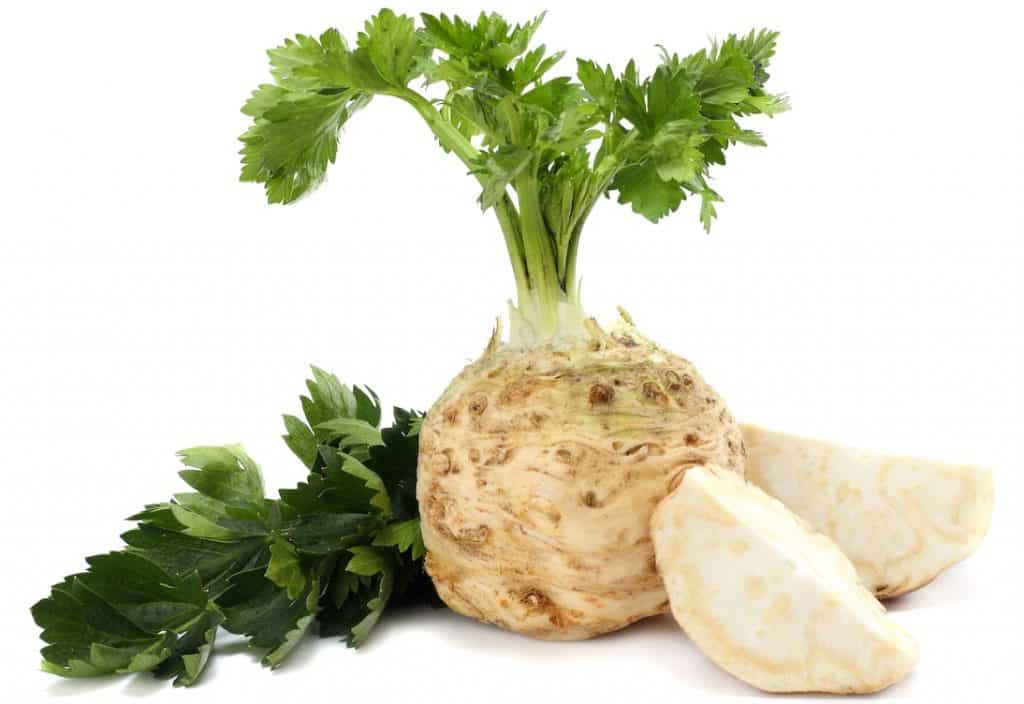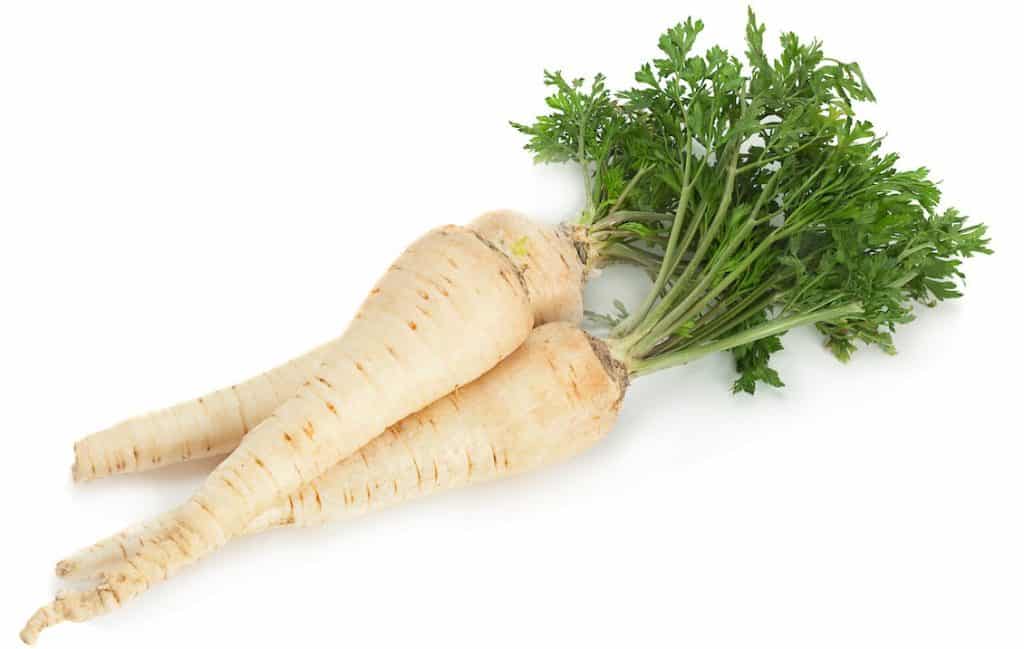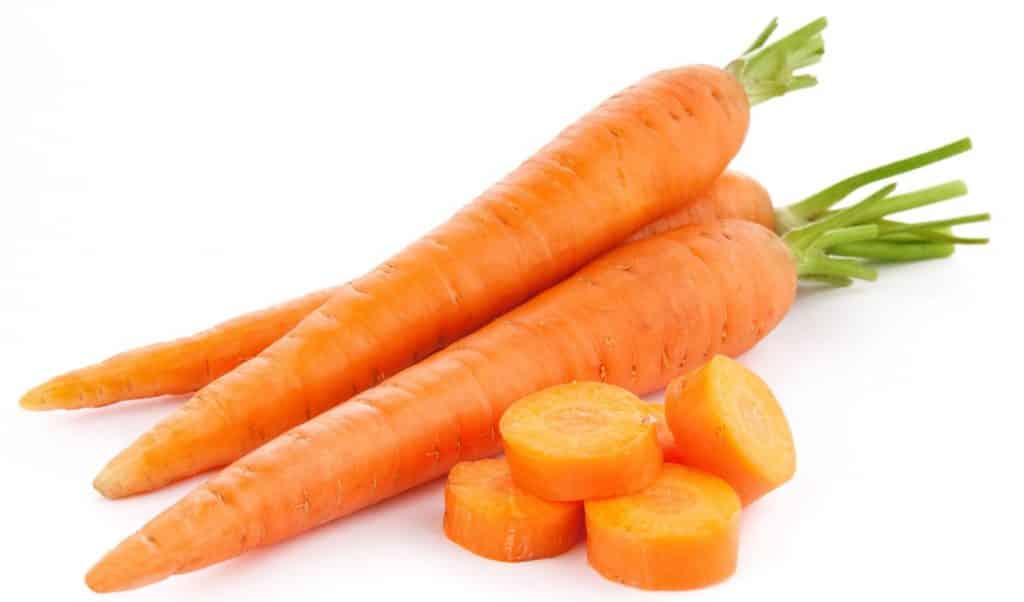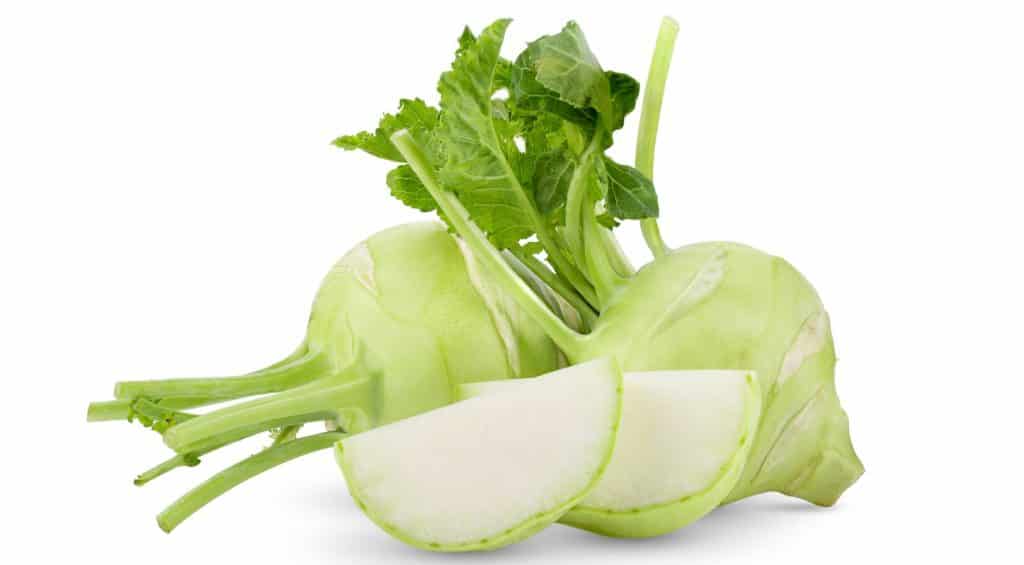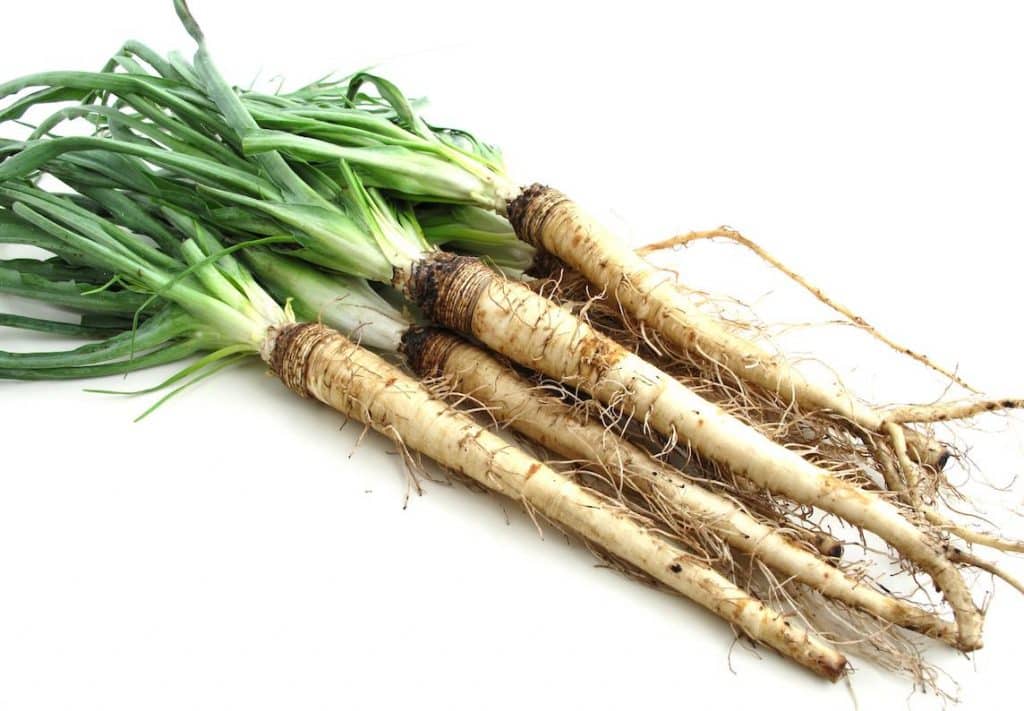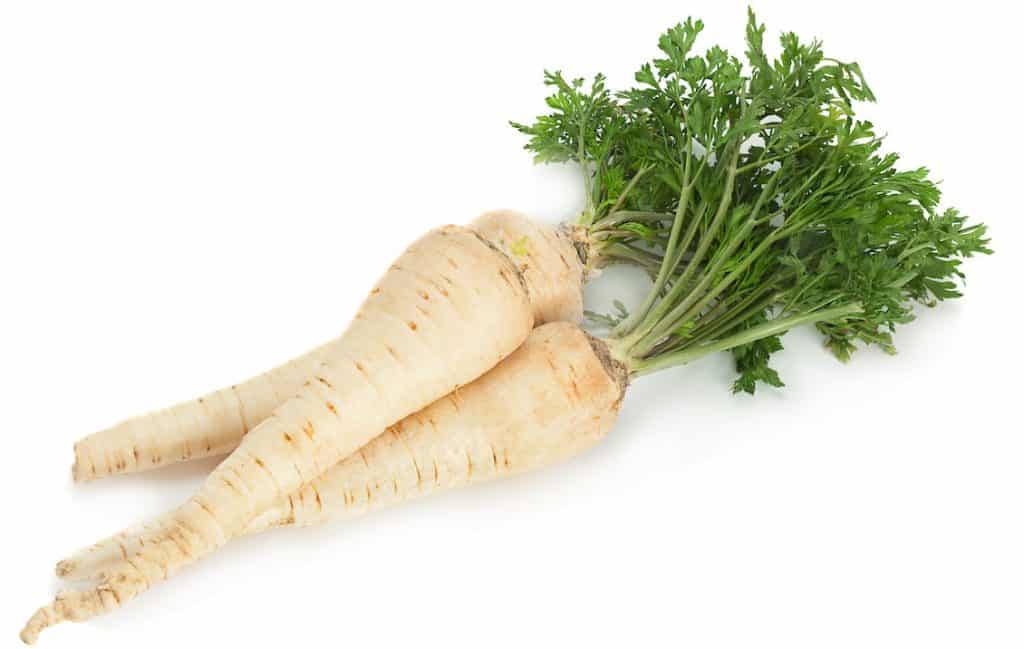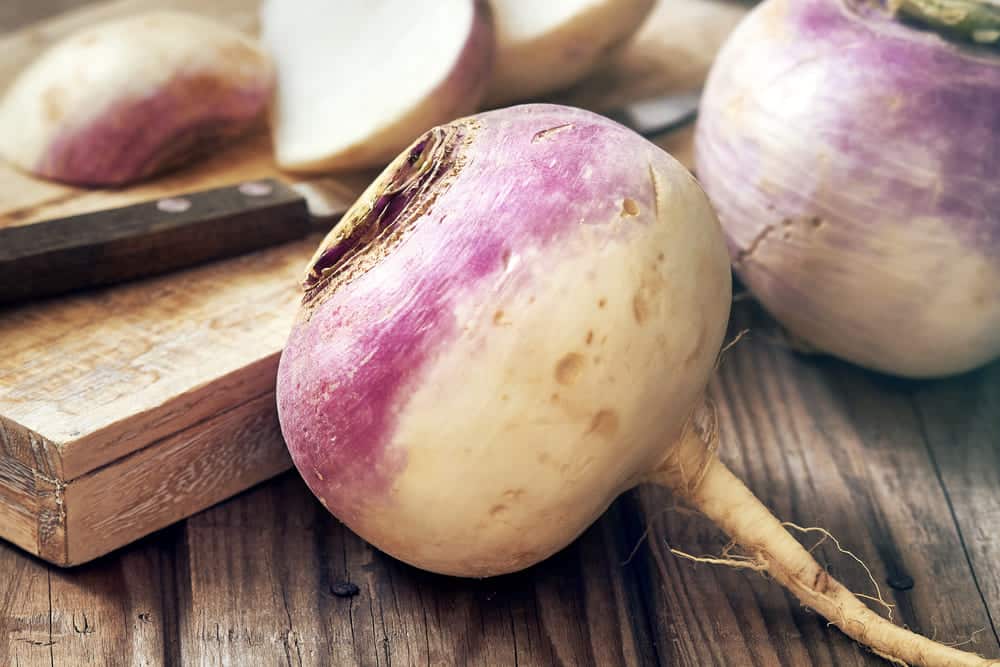
DISCLOSURE: This post may contain affiliate links, meaning when you click the links and make a purchase, I receive a commission. As an Amazon Associate I earn from qualifying purchases.
Vegetables are nutritious but let’s be honest, not everyone loves them – right? Even though each veggie is essentially a tasty, nutrient-packed treat, most people are partial to certain tastes.
There are some vegetables that many adults just won’t eat, whereas others are welcomed in any way, shape, or form.
If the seasonal root vegetable turnip with its purple or red skin and tasty white flesh isn’t available or isn’t on your preference list, read on. We’ve got all the best turnip substitutes coming up.
What Are The Best Substitutes For Turnips?
The best substitutes for turnips are swedes or rutabagas, Jicama, potato, celery root, and rutabagas.
Starchy, tuberous vegetables with meaty, earthy flesh granting hints of green freshness are the best turnip alternatives available.
Root vegetables have the same inherent flavor you’re looking for when cooking with turnips.
The Top 10 Turnip Substitutes
Turnip substitutes are readily available if you can’t get your hands on this tasty fleshy taproot. Here are the ten best turnip substitutes available for you to try.
1) Swedes/Rutabagas
The first turnip substitute you should consider is swede, a member of the cabbage family.
Swedes, otherwise known as rutabagas, are often confused with turnips based on appearance alone, but truth be told, they are pretty different.
These tasty turnip alternatives are known by many names. Swedes are known as Swedish, Russian, and yellow turnips in various parts of the world.
In Scotland, they’re called neeps. Be sure to check your store for all these terms – you never know how they’ll be labeled.
Swede is a round vegetable with an earthy, mildly sweet taste. The skin is either green or purple, and the inner flesh is orange-yellow.
Each year between October and February, you’ll find Swedes which coincidentally is the same period when turnips are available.
Opt for smaller swedes when substituting as they’re sweeter and have a more tender texture that’s a closer match to turnips.
2) Jicama
This is the root vegetable (yes, again) with a starchy texture, which makes it similar to a turnip. Jicama has a sweet taste, but the sugary taste will be very mild.
Jicama is readily available in Mexico, which is why they are famous as Mexican turnips. They’re also called yam beans, Mexican water chestnuts, and Chinese turnips in various areas of the world.
The best thing about Jicama is that every part of this vegetable is edible, but beans aren’t safe to eat.
Jicama is actually very healthy for you. They’re an excellent source of dietary fiber and water, supplying a prebiotic fiber called inulin that will improve digestion and bowel movements.
The flesh of Jicama tubers is crunchy and nutty. Many compare it to a cross between a potato and a pear, whereas others liken the taste to a water chestnut.
3) Potato
Almost every kitchen has ready access to potatoes. The ever-versatile potato is one of the best substitutes for turnips available.
These starchy root vegetables, yes – another one, are packed with flavor and have countless uses across all types of cuisine. As a vegetable that originated in America, all varieties of potatoes are readily available.
Flavors range between varying degrees of earthy, with each variety of potato delivering its own intensity of sweetness and creaminess.
[amazon box=”B07PY3GQSQ”]
Adding potatoes to your meals in the place of turnips fortifies them with high amounts of fiber, potassium, and a healthy dose of vitamin C and vitamin B6.
Potatoes are one of those vegetables that you can eat every day without any cardiometabolic risk.
Just stick to one potato per person, and there’s nothing but benefits when consuming in a part of a balanced diet.
4) Celery Root
As you may have noticed, most alternate root vegetables can take the place of turnips. Celery root is another wonderful vegetable.
For anyone who’s watched Harry Potter, you’ll instantly notice that celery root looks just like mandrake roots.
The starchy flesh and distinctively fresh flavor make this vegetable an excellent ingredient in all types of meals. From soups to purees and stews, celery works well.
Try braising, boiling, and baking to be rewarded with three textures and flavors that’ll keep you coming back for more.
One of the most popular uses is serving pureed or mashed celery root as you would mashed potato. Expect a taste that’s similar to a nutty potato crossed with a celery stalk.
Most think of celery as diet food, but the root is packed with nutrients. You’ll be blown away by the vitamins.
A single service gives you no less than 21% of an adult’s daily value of dietary fiber, 21% Vitamin C, 80% Vitamin K, 13% Vitamin B6, 18% Phosphorus, 13% Potassium, and 12% Manganese at just 66 calories a cup.
Now that’s a healthy turnip substitute.
5) Parsnips
Parsnips are yet another root vegetable that can be substituted for turnips in most recipes. This tasty relative of carrots tastes similar but far less sweet.
Earthiness is prevalent, with a nutty flavor akin to a subdued sweet potato. Cooked parsnips have the same starchiness as sweet potato but are a little sweeter with a distinct taste of their own.
Once you’ve tried parsnips, you’ll be blown away by their versatility. Add parsnip to chicken soup for a classic twist while working equally as well in all types of broth.
Fried, baked, sauteed, steamed, mashed, pureed, roasted, or cooked into soups or stews, parsnips taste fantastic.
The long taproot of a parsnip grants a healthy amount of Vitamins C and K and folate.
You get 498.8mg of potassium, 0.4g fat, 24 grams of carbs, and 1.6 grams of protein while fulfilling 37% of the Vitamin C Daily Value recommended, as well as 4% Iron, 9% Magnesium, and 5% Vitamin B-6.
Remember to scrub parsnips rather than peeling them because the vast majority of the flavor is found just beneath the skin.
6) Carrots
You may not be a bunny, but carrots still make a great alternative to turnips. Carrots are loaded with beta carotene, which becomes converted to Vitamin A in the body.
They’re also a great source of Vitamins K1 (phylloquinone) and B6. Most think of orange carrots first, but white and red varieties are also available.
The savory and sweet taste with a crunchy texture that holds form when cooking makes them a versatile ingredient that’ll match most meals calling for turnips.
[amazon box=”B07FYC7YW7″]
Raw, boiled, braised, or cooked into sweet treats like carrot cake, carrots are great.
They’re far sweeter than turnips, and you lose the mildly bittersweet aftertaste, but carrots still work well in the place of turnips in most cases.
Consuming carrots in controlled portions leaves them safe enough to eat every day. Keep in mind carrots are a vegetable that can cause gas for those who struggle with indigestion.
The high concentration of soluble fiber and a sugar called raffinose don’t begin to break down and digest until they reach the small intestine.
7) Kohlrabi
Kohlrabi is a tasty vegetable that’s the same species as a cabbage that you can use in place of turnips.
Also known as German turnips, Kohlrabi has a taste that’s similar to a cross between turnips and radishes.
Some describe the flavor as a midway between the light, fresh green flavor of broccoli stems and cabbages. They’re crunchy with a mild spiciness.
Try eating them in any manner you would turnips, taking advantage of the pepperiness.
Roasted kohlrabi cubes are the ideal serving suggestions, served aside steak, fish, or just about any other main. Add tiny pieces to stir fry, or cook it away in soup to impart a wonderful flavor.
Kohlrabi even tastes great served with a dash of salt and a squirt of lemon juice. It doesn’t need much to stand out.
A cup of Kohlrabi gives you 472.5mg of potassium, 8 grams of carbs, and 2.3 grams of protein at just 37 calories.
There’s also 139% of the Vitamin C Daily Valuer, 10% Vitamin B5, 6% Magnesium, 3% Calcium, and 2% Iron.
8) Salsify
Salsify is a Mediterranean vegetable and edible root that’s part of the Dandelion family.
Salsify, the root of the Tragopogon porrifolius plant, is a tasty turnip substitute that looks like a long brown stick with a white interior.
At times known as the oyster plant, this relative of the parsnip has a flavor that’s mildly reminiscent of oysters. You’ll need to scrub your salsify well before use.
The peel is typically peeled away and discarded. Remember to submerge the root in lemon or vinegar water, or it’ll begin to oxidize and turn brown when not in use.
We recommend preparing salsify just before cooking.
Boiled, mashed, fried, stewed, or cooked to a sauce or soup, salsify roots cook to well done within 30 minutes.
If you happen to find salsify at a local farmers’ market or specialty produce store, pick one that’s ripe and try cooking the leaves as well.
The light-colored bottom section of the leaf is extremely tender and packed with flavor.
Use it as you would a leek. As a prime, highly popular serving suggested, try deep-fried salsify served with a white sauce.
8) Sweet Potatoes
Sweet potatoes are one of our favorite snacks, and if you haven’t tried them in their tasty incarnations, we’ll sure they’ll be yours too soon.
The starchy tuberous cousin of potatoes carries a mild sweet taste. There are two types of sweet potatoes: light orange and red hues with white or yellow flesh.
As a winter crop, you’ll only find these tasty tubers available seasonally.
Over half of the sweet potatoes in the United States are grown locally in North Carolina.
This healthy, nutritious crop delivers 7769% of the daily Vitamin A value recommended per cup while also supplying a healthy amount of Vitamin C, Manganese, Vitamin B6, Potassium, Panthothenic acid, copper, and niacin.
They’re low in fat moderately high in protein, arriving at 4 grams.
Orange and purple sweet potatoes are particularly high in antioxidants that fight inflammation and protect the DNA from damage by eliminating free radicals.
9) Parsley Root
Most of us know and love parsley as a herb, but how familiar are you with parsley root? Only the root of Petroselinum crispum Tuberosum is harvested, not regular parsley.
Parsley root, otherwise known as Hamburg or Dutch parsley, is a great turnip alternative that carries a striking resemblance to a long white fat carrot.
While unique in flavor, the taste is best compared to a cross between carrots, celery, turnip, and parsley leaf. Serve parsley root in any way that you would turnip.
It’s fantastic steamed, boiled, pureed, or cooked into a sauce, soup or stew. You can even dry and powder roots to use them as a tasty seasoning similar to celeriac.
There are a substantial amount of nutrients in parsley root, and they’re high in free antioxidants. Two of the most powerful antioxidants found in parsley root in myristin, apiol, and vitamin C.
Remove the tops and eat the rest of this tasty root. Try parsley root cut up into thin sticks and then eaten with your favorite dip. You get the full range of nutrition, and they taste great.
10) Radishes
Radishes are a fantastic alternative to turnips with a spicy flavor similar to the heat of garlic.
You will most likely not be able to substitute them directly due to the pungent taste of radishes, but this root vegetable works well when carefully used.
Several varieties of radish are available, with this crunchy vegetable being favored in salads. Daikon radishes are the most common, although all types will work as turnip substitutes.
Raw radishes are spicy, but as they cook, sweetness develops.
Radishes are extremely low in calories. A single half a cup serving delivers just 9 calories, 135.1mg of potassium, and 0.1 grams of fat, making radishes an excellent diet food.
Every serving gives you 14% of the Daily Value of Vitamin C and 1% of the DV of Calcium, Iron, and Magnesium. You also get a small amount of dietary fiber and a whopping 15.6mg of folate.
Turnip Greens And Turnip Green Substitutes
The leafy uppermost part of the turnip is tasty and can be used in all types of dishes, particularly stir-fries.
If you’re in the mood for turnip greens but don’t have any leaves or stems available, give any of these alternatives a try:
- Kale
- Swiss Chard
- Baby Bok Choi
- Yam Leaves
- Dandelion Greens
- Chinese Broccoli
- Spinach
The Best Turnip Substitute
These ten turnip substitutes will cover all your needs no matter what you’re making. The best turnip substitute will depend on your personal taste and the other flavors used in your recipe.
Root vegetables are healthy, nutritious, and very versatile. Whether it’s used in stews and soups during colder, wintery weather or in fresh, flavorful salads, each turnip alternative listed here will fortify your meal with earthy goodness.
Related:
